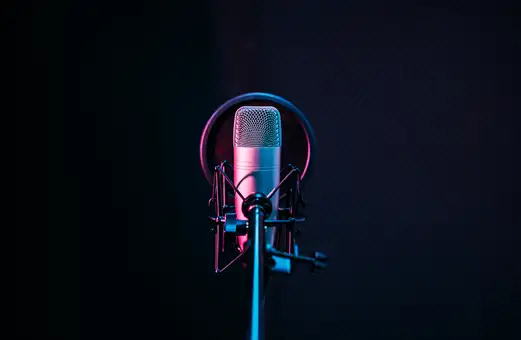With the growing range of AI (artificial intelligence) in the music industry, there are new opportunities to save work and optimize processes. Whether for labels, self-publishers or artists, AI tools can simplify workflows and make them more efficient.
The AI tools presented here are just examples. We recommend that you do your own research to find the solutions that best suit your requirements.
AI data analysis for the music industry
AI analysis tools offer many different ways to analyze large amounts of data and extract information from it. For example, AI systems can analyze data from streaming platforms and social networks to find out which artists are currently trending and which music is particularly popular with which target groups. This can help to make promotion and marketing more targeted and better reach target groups.
Examples of AI data analysis tools:
Soundcharts:
Soundcharts is offered as a complete solution (database, desktop, mobile apps & API). It combines real-time and historical music consumption data (social media, charts, playlists, airplay monitoring) and thus makes it possible to improve project management, reporting and artist scouting.
Chartmetric:
Chartmetric provides a modern way to track, measure and analyze music data. It helps to answer important questions about the development of music so that more time can be invested in strategy development rather than data analysis
AI talent scouting
Artificial intelligence can also be helpful in finding new talent. AI systems use data analysis to identify promising artists and assess their potential. In this way, new talent can be discovered and promoted more quickly and efficiently.
Example of talent scout AI:
Musiio
The developers call it the "hit potential algorithm" and claim that it is not only able to classify and categorize new music, but also accurately measure hit potential and filter out the tracks that are most likely to become a real hit, regardless of who or where they come from.
AI image design for musicians
Image AI tools offer labels the opportunity to create unique visual identities. It cancover artwork can be created that are geared towards the specific preferences of the target group and thus ensure better marketing of the music. The personalized design of the cover artwork allows users to be targeted and feel emotionally connected to the music and the label. In addition, time and costs can be saved as these technologies enable automated processes and thus a faster workflow.
Examples of AI image design tools:
Leonardo.ai:
Leonardo.ai is a prompt-based AI for image creation that allows you to use a general or fine-tuned AI model to create all kinds of production-ready images. With a few clicks, you can train your own AI model and generate thousands of variations and deviations from your training data.
Canva:
An online graphic design tool that can be used for social media posts, cover artwork, posters, videos, logos, and more. There are many pre-made templates and design elements.
Adobe Sensei:
Sensei harnesses the power of artificial intelligence and machine learning to deepen experiences, improve creative expression, speed up tasks and workflows, and make decisions in real time.
AI on streaming platforms
Streaming platforms use machine learning algorithms to create personalized music recommendations based on users' listening behavior and preferences. This not only improves the user experience, but also provides valuable insights for labels and artists.
New areas of application for AI in the music industry
In addition to the applications already mentioned, AI is increasingly being used for creative processes. For example, composition tools such as AIVA or Amper Music can be used to generate melodies or background music. This is particularly useful for advertising campaigns, film productions or social media content.
Another area is the management of copyrights. AI tools can help to monitor the use of music in digital media and detect license infringements more quickly.
Summary
The application of AI in the music industry offers numerous advantages, but also poses challenges. For example, the quality of the results is heavily dependent on the quality of the data. Care must also be taken to ensure that the music label processes its users' data in compliance with data protection regulations.
Overall, however, the application offers many opportunities to make your work easier and improve the results. By using AI, music labels can optimize their promotion and marketing, better reach their target groups and shape their label identity. With the right strategy and the use of high-quality algorithms, it is possible for music labels to achieve v


